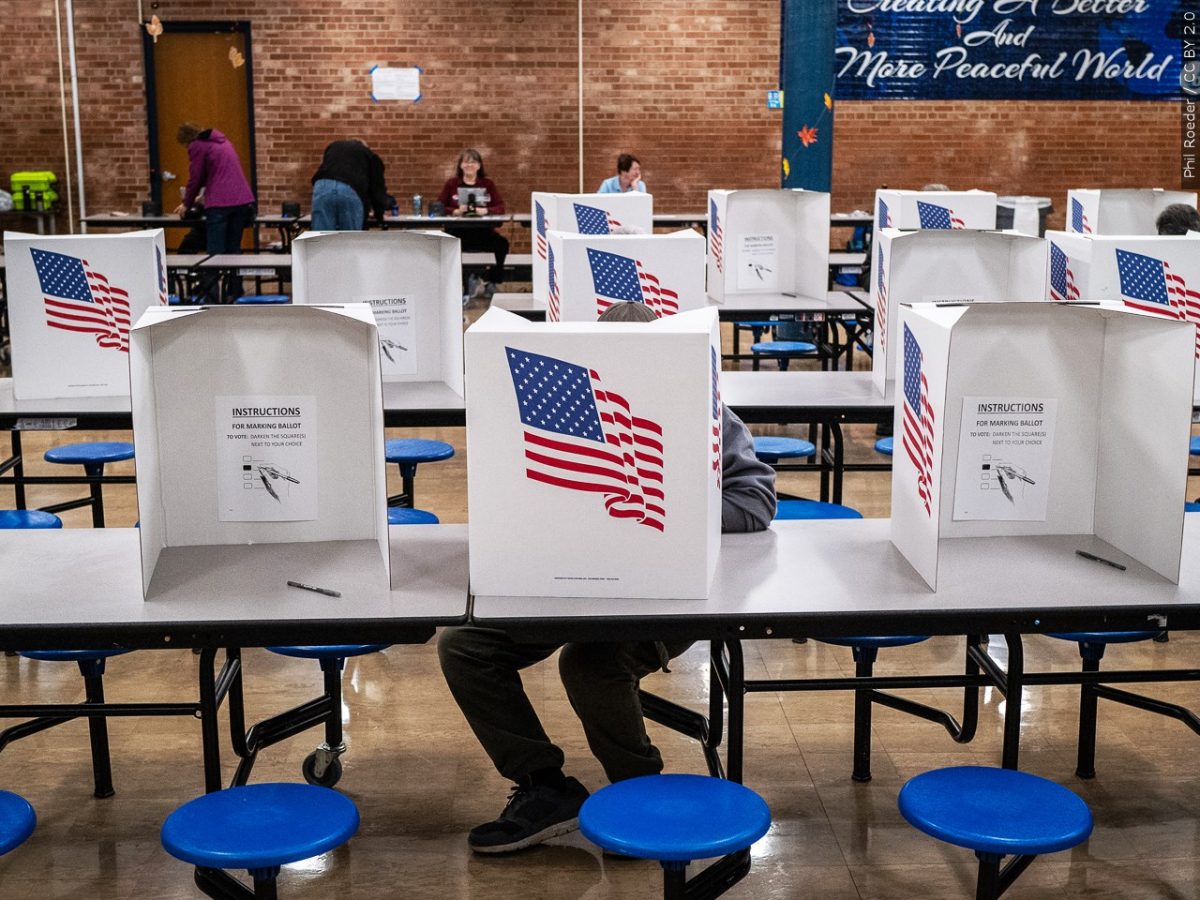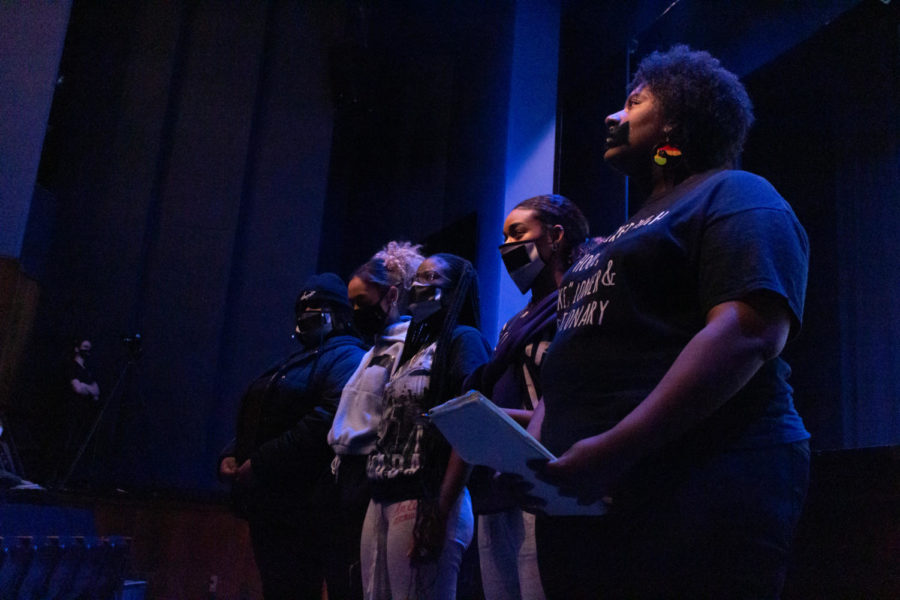In the late ‘30s and early ‘40s, the Federal Bureau of Narcotics launched a public service campaign with bills reading, “Beware! Young and Old—people in All Walks of Life! This may be handed to you by the friendly stranger. It contains the Killer Drug ‘Marihuana’—a powerful narcotic in which lurks Murder! Insanity! Death!”
Despite this being archetypal propaganda, this witless perspective is still maintained by a substantial portion of the American public nearly 80 years later. But compared to 1969, when statisticians first began asking whether or not the drug should be legalized, opinions have changed—and changed dramatically.
In the late ‘60s, at the pinnacle of the post-‘50s counterculture, Gallup reported that only 12 percent of the population was pro-legalization. As of this year, according to Pew Research Center, 53 percent of Americans are for marijuana’s legalization, with 68 percent of Millennials in favor.
But public opinion has not changed the fact that cannabis remains, in federal and many state laws, legally but not chemically, a narcotic, as well as a Schedule I Drug, alongside heroin and psilocybin—suggesting higher lethality than cocaine or crystal meth.
As far as the Drug Enforcement Agency’s criteria are concerned, “Schedule I drugs have no currently accepted medical use and a high potential for abuse … [and] are the most dangerous drugs of all the drug schedules with potentially severe psychological or physical dependence.”
Point by point, marijuana does not meet these criteria.
According to the Center for Disease Control’s 2013 cause-of-death data files, all illicit drugs combined totaled around 289 million fatalities—but marijuana wasn’t linked to a single one.
To paraphrase DEA Chief Administrative Law Judge Francis Young’s 1988 ruling in the case to reschedule cannabis, while over-the-counter aspirin contributes to hundreds of deaths every year, there is no credible record in the extensive medical literature documenting a proven cannabis-induced fatality, even though an estimated 50 million Americans routinely, albeit illegally, smoke the substance.
The ruling noted, “A smoker would theoretically have to consume nearly 1,500 pounds of marijuana within about 15 minutes to induce a lethal response.” But despite Young’s verdict, DEA Administrator John Lawn rejected the ruling. In 1994, Lawn’s reversal was allowed by the Court of Appeals.
Today, twenty-three states recognize marijuana as a course of treatment for ailments ranging from nerve pain and chronic headaches to seizures and cancer—certain cannabinoids even inhibit cancer-cell growth and induce cancer-cell death, according to the National Cancer Institute.
On the other hand, according to the CDC’s website, “Every day, 44 people in the U.S. die from overdose of prescription painkillers [that’s over 16,000 annually], and many more become addicted.”
Yet last year, UCB, makers of Lortab, posted well over $3.5 billion in revenue; Actavis, makers of Norco, made over $13 billion; and AbbVie, makers of Vicodin, raked in just under $20 billion. Prescription painkillers are nearly as lucrative as they are dangerous, and the pharmaceutical titans who manufacture them would suffer greatly if cannabis rose in popularity as a legitimate treatment for chronic pain—and what wouldn’t they do to prevent that?
The Pew survey also determined that seven in 10 Americans understand that marijuana is less lethal than alcohol, which, by the CDC’s calculations, causes 88,000 deaths annually in the United States.
Cannabis isn’t dangerous. It isn’t inciting murder, insanity or death like we’ve been told for 75 years.
In 1969, under the nomme de plume Mr. X, science demigod and marijuana advocate Carl Sagan wrote, “the illegality of cannabis is outrageous, an impediment to full utilization of a drug which helps produce the serenity and insight, sensitivity and fellowship so desperately needed in this increasingly mad and dangerous world.”


















